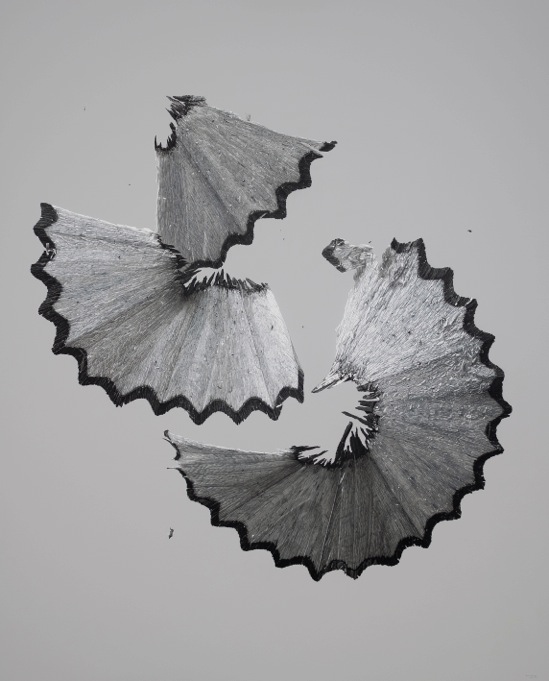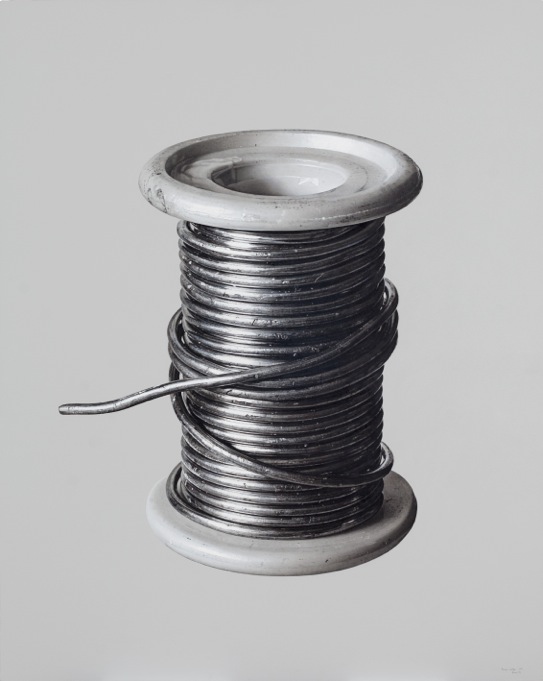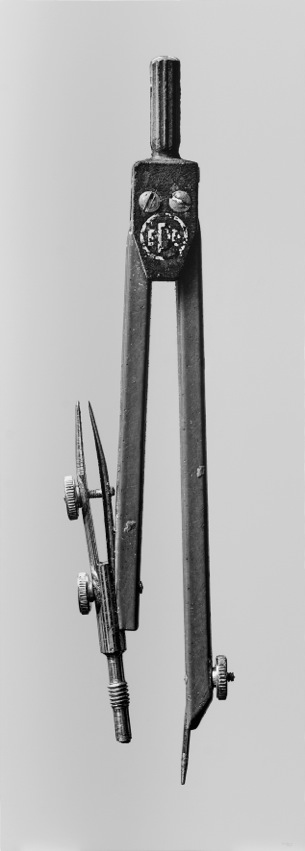Lee Sharrock talks to Rómulo Celdrán about his hyperreal paintings display at SCOPE Basel
Lee Sharrock: You are exhibiting new paintings at SCOPE during Art Basel from 16th-21st June. What is the significance to you of exhibiting at SCOPE?
Rómulo Celdrán: I always consider art fairs as an opportunity to connect with people to whom my work is able to move in some sense. SCOPE is one of the leading meeting points on the international art calendar. So I think it is surely a great place to connect my work with a lot of people who will be willing to be moved as well as looking for artistic emotions.

LS: Your paintings are large scale, and painstakingly created. How long does each one take, and what is your process?
RC: Well, they are all obviously the result of an intense working process. I use a mix-media technique in which I integrate acrylic paint and different kinds of pencils. Time-wise, of course it depends on the size and complexity of the work but I would say that it takes around two or three weeks for the smallest pieces, to three or four months for the larger ones. In either cases always with long working days of at least ten hours.
LS: SCOPE has a reputation for predicting new global trends in visual arts. Would you say your hyperreal paintings and sculptures are part of a contemporary realist movement?
RC: I simply don´t think about it. I am not in favour of art labels. Although I understand that sometimes they help to explain what an artist is more or less trying to do. But at the same time I think that in a world so complex as the current world of art is, where everyone is trying to create its own language, taking in from so many sources, concepts and techniques, an attempt to reduce all this to a label, simplifies dangerously the understanding of what a specific artist is able to do. I don´t want to be labelled by a genre or style so I don´t consider myself as a part of any artistic movement. In any case, as I have told you, I understand that people needs to put a label to describe what I do.

LS: Art critic Orlando Franco has compared you to the Flemish Masters. Were they an influence on your work?
RC: For me that is a great compliment. Of course, because of the reference to those amazing artists who developed such a perfect technique, artistic language and commitment to their work. But even more for what Flemish Masters represented as a whole way of looking at the world, their scientific gaze and the understanding of the Human Being as part of a global existence. For me, they represent the discovery of a non-anthropocentric universe and in consequence came a way of showing in their works the same interest and respect for a man, a dog, a tiny flower or an architectural element. I would like to believe that my work has at least a small part of this substance.
LS: You were born in Spain and have a studio there. How would you describe the Spanish contemporary art scene, are there any notable trends or styles amongst your contemporaries?
RC: To be sincere, I am not very well informed about the current Spanish art scene beyond my personal relations with some Spanish colleagues. Even though I live and work in Spain I have built my career abroad. In fact I do not collaborate with a Spanish gallery and I am not involved in the Spanish artistic scene except for some few specific projects where I have been invited to participate. We could say that my presence in Spain is quite circumstantial.
LS: You create hyperreal images of everyday things, such as bottle tops and pencil shavings. How do you choose the objects that you recreate on canvas and why?
RC: This question probably connects with the one about the Flemish Masters. I think it has to do with that non-anthropocentric way of looking at the world. Of course, it is something of a contradiction because, how can a human being not to be anthropocentric? In my case, I believe my choice tries to escape from an explicit way of talking about the Human Being. In some sense, humble objects are a perfect way of approaching the Human Being through the simplicity of the objects around our daily life, with no costumes, no poses… just the objects we use. The simple objects someone invented because someone needed them for some reason, the objects worn by their use, perhaps broken but even so fundamental to understand who we are and how we live. From my point of view they deserve to be portrayed and rediscovered in all their complexity and special beauty.

LS: At the age of 16 you had your first solo exhibition and are self-taught. Have you always been interested in hyperrealism and optical illusions?
RC: Not exactly. I have always been interested in what the visible world is able to offer us as a reference to create a work of art. But in my beginnings I was very interested in the human figure. It was later when I was seduced by the beauty and intensity of objects and even later on when I decided to take that interest to a next level and started to work on this oversized approach to the world of objects.
LS: What projects do you have coming up after Basel?
RC: At the end of this year I will take part in a big exhibition in Taiwan. It is currently been defined so I cannot give you all the details for now, but it will be around the world of Alice in Wonderland. My work will be shown in the context of Alice’s universe and the relation between her, the objects and the scale from the eyes of a child featured in Lewis Carroll´s book.








